
AeroGenie — Your Intelligent Copilot.
Trending
Categories
Flights Grounded at LAX Amid Major Outage; Cyberattack Under Investigation
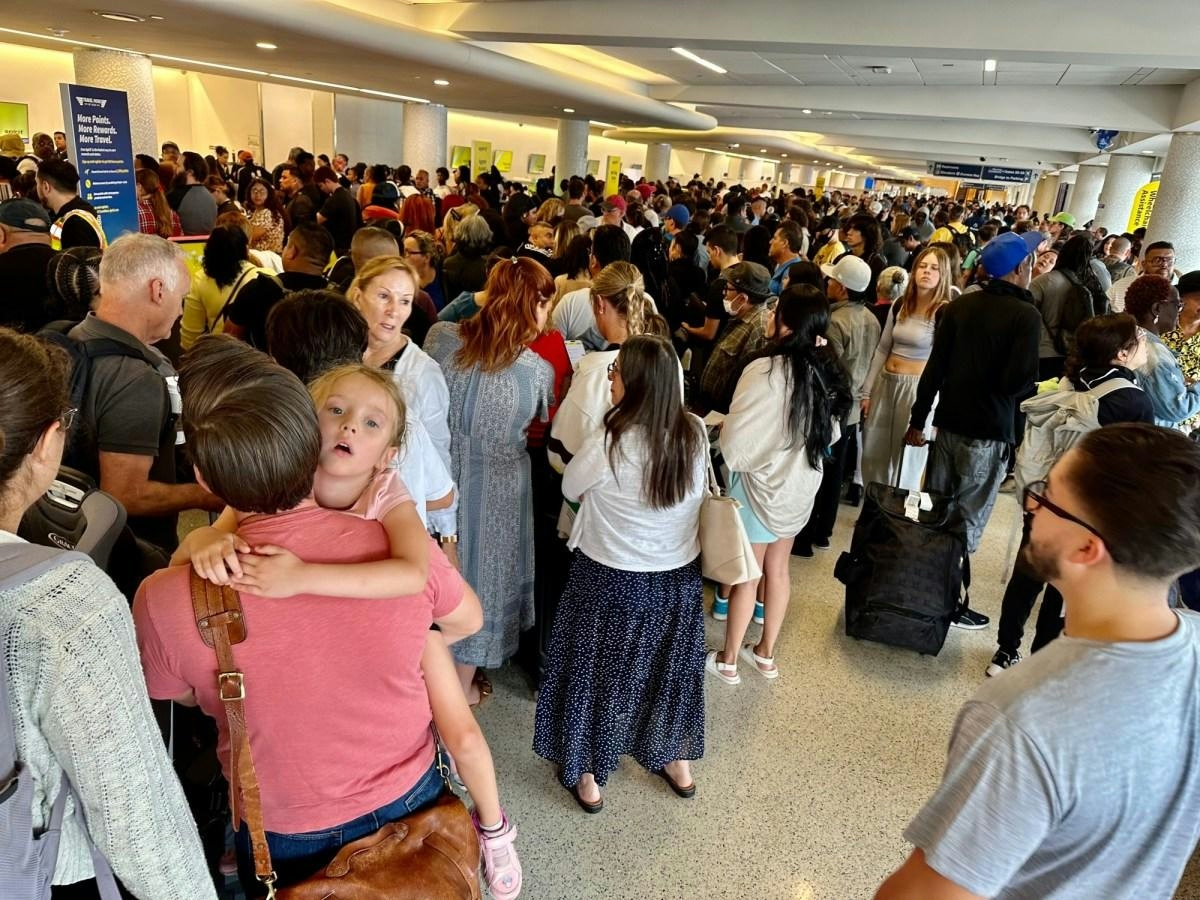
Flights Grounded at LAX Amid Major Outage; Cyberattack Under Investigation
A significant equipment failure at Los Angeles International Airport (LAX) on Monday prompted the Federal Aviation Administration (FAA) to impose a ground stop, leading to widespread flight delays and cancellations. The disruption has had a cascading effect across the airline industry, eliciting mixed reactions from investors. While some express concern over the potential negative impact on airline stocks, others regard the incident as a temporary setback unlikely to cause lasting damage.
Industry Response and Infrastructure Vulnerabilities
Airlines have adopted a cautious stance, closely monitoring operations at LAX to prevent similar disruptions at other major hubs. The outage has brought renewed attention to the fragility of critical aviation infrastructure, particularly as the sector increasingly relies on complex technological systems vulnerable to failure or attack.
Compounding these concerns, a cyberattack targeting Collins Aerospace’s MUSE systems has caused significant flight disruptions across Europe, notably at Heathrow and Brussels airports. This breach resulted in extensive delays and cancellations, underscoring the risks posed by reliance on third-party software providers in essential aviation services. Industry experts and regulatory authorities are now advocating for strengthened cybersecurity protocols to protect airline operations from future threats.
United Airlines also encountered operational challenges this week, grounding all departing flights in the United States due to an internal IT outage. The airline issued a statement addressing the incident, while the FAA has initiated an investigation into both the cause of the outage and the adequacy of the response measures.
These events have reignited discussions about the resilience of airline IT systems and the imperative for comprehensive contingency planning. As stakeholders evaluate the repercussions, there is a growing emphasis on reinforcing both physical and digital infrastructure to mitigate the risk of future disruptions.
Market and Corporate Developments Amid Aviation Disruptions
Beyond the immediate aviation sector, broader market dynamics continue to influence investor sentiment. Palantir Technologies (PLTR) and Nvidia (NVDA) remain focal points in Wall Street’s ongoing debate over artificial intelligence (AI). Palantir faces valuation challenges, with a median price target of $27—approximately 32% below its current share price of $40—despite reporting strong second-quarter results and optimistic guidance. Analysts caution that Palantir’s stock is among the most overvalued in the S&P 500. In contrast, Nvidia’s median price target stands near $150, suggesting a potential 20% upside from its current $125 share price, bolstered by its continued leadership in AI technologies.
Dividend-paying stocks also attract attention from long-term investors seeking stability amid market volatility. Realty Income (O), a real estate investment trust known for its monthly dividend payments and a 31-year streak of dividend increases, offers a yield of 5.4%. Financial experts recommend focusing on companies with durable cash flows and reinvesting dividends to navigate uncertain market conditions effectively.
In corporate news, Berkshire Hathaway’s recent $9.7 billion all-cash acquisition of OxyChem from Occidental Petroleum marks a strategic move as Warren Buffett prepares for leadership transition. The transaction is expected to contribute approximately $325 million in annual EBITDA and enhance Berkshire’s substantial cash reserves, positioning the conglomerate for future investment opportunities.
Meanwhile, concerns over retirement security persist as inflation continues to erode the purchasing power of Social Security benefits. Although annual cost-of-living adjustments (COLAs) provide some relief, advocates argue that these measures may underestimate the actual expenses faced by seniors, particularly in healthcare. The debate over ensuring adequate financial stability for retirees remains a pressing issue amid evolving economic conditions.
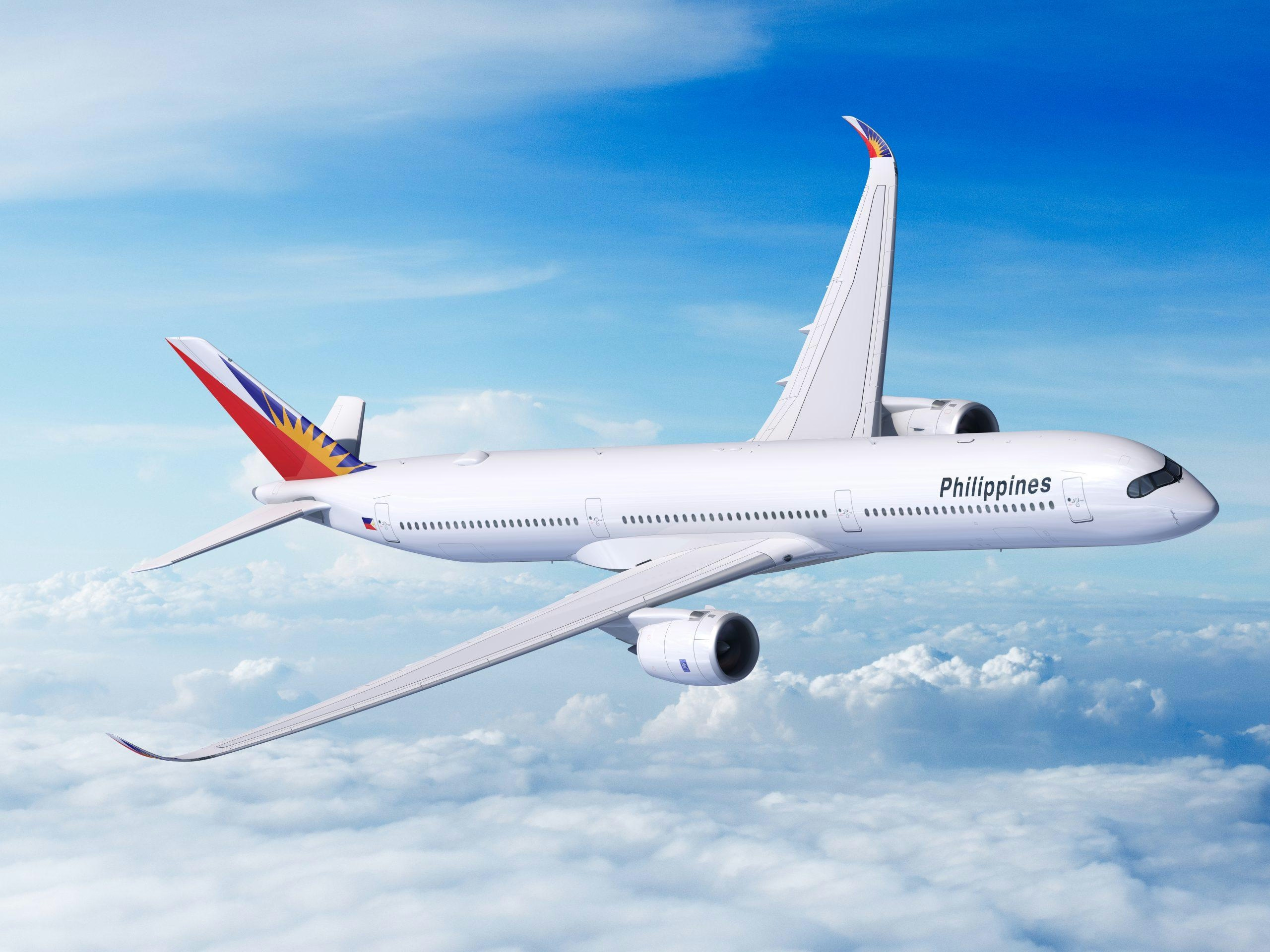
BOC Aviation Completes Sale-Leaseback Deal with Philippine Airlines
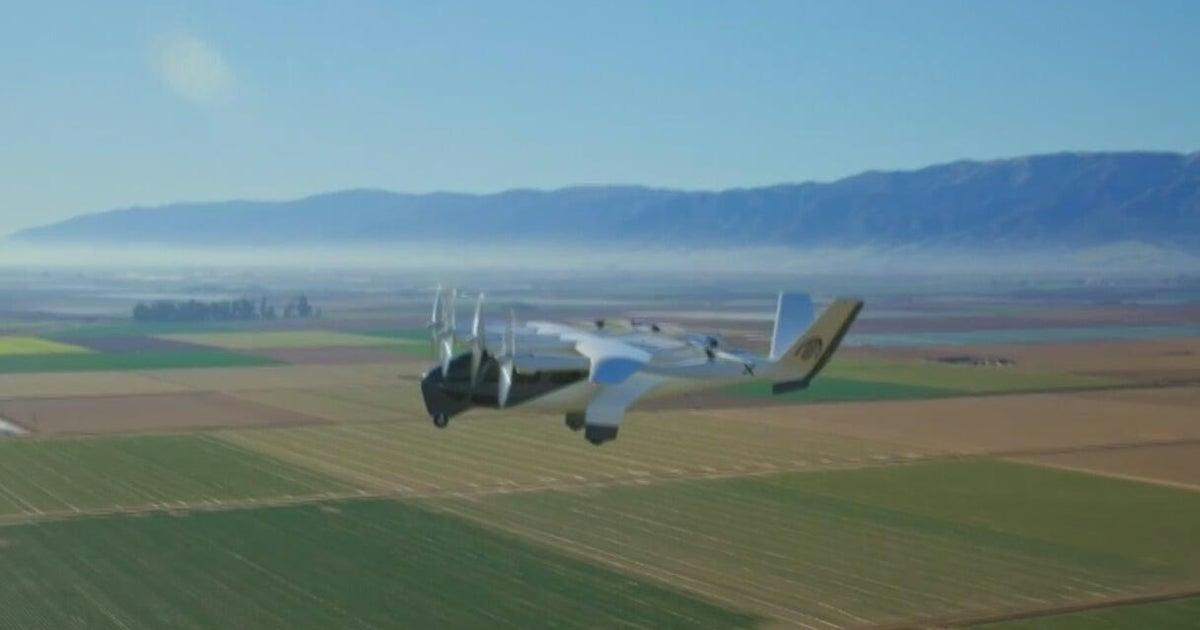
Air taxis promise relief from Miami’s worsening traffic
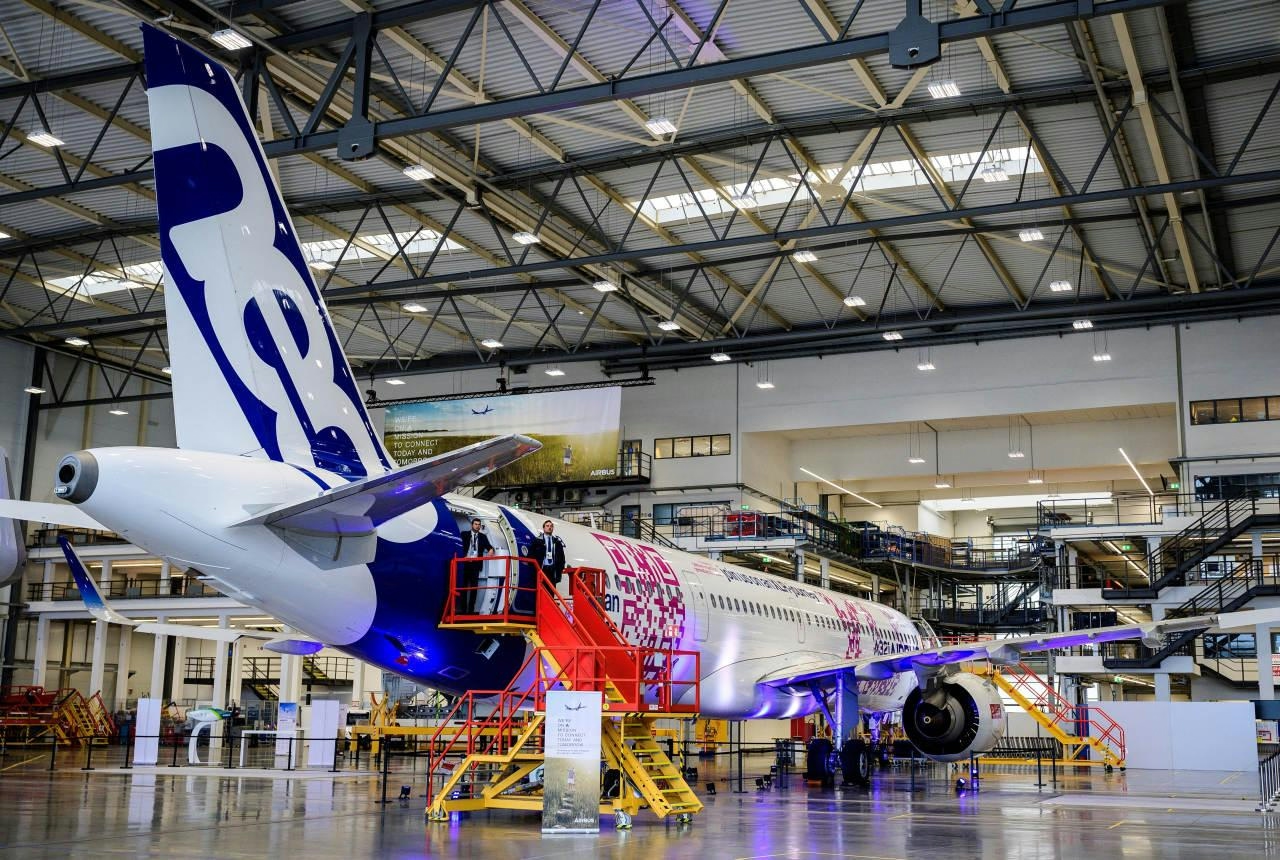
Philippine Airlines Orders Five Airbus A320s in $490 Million Deal
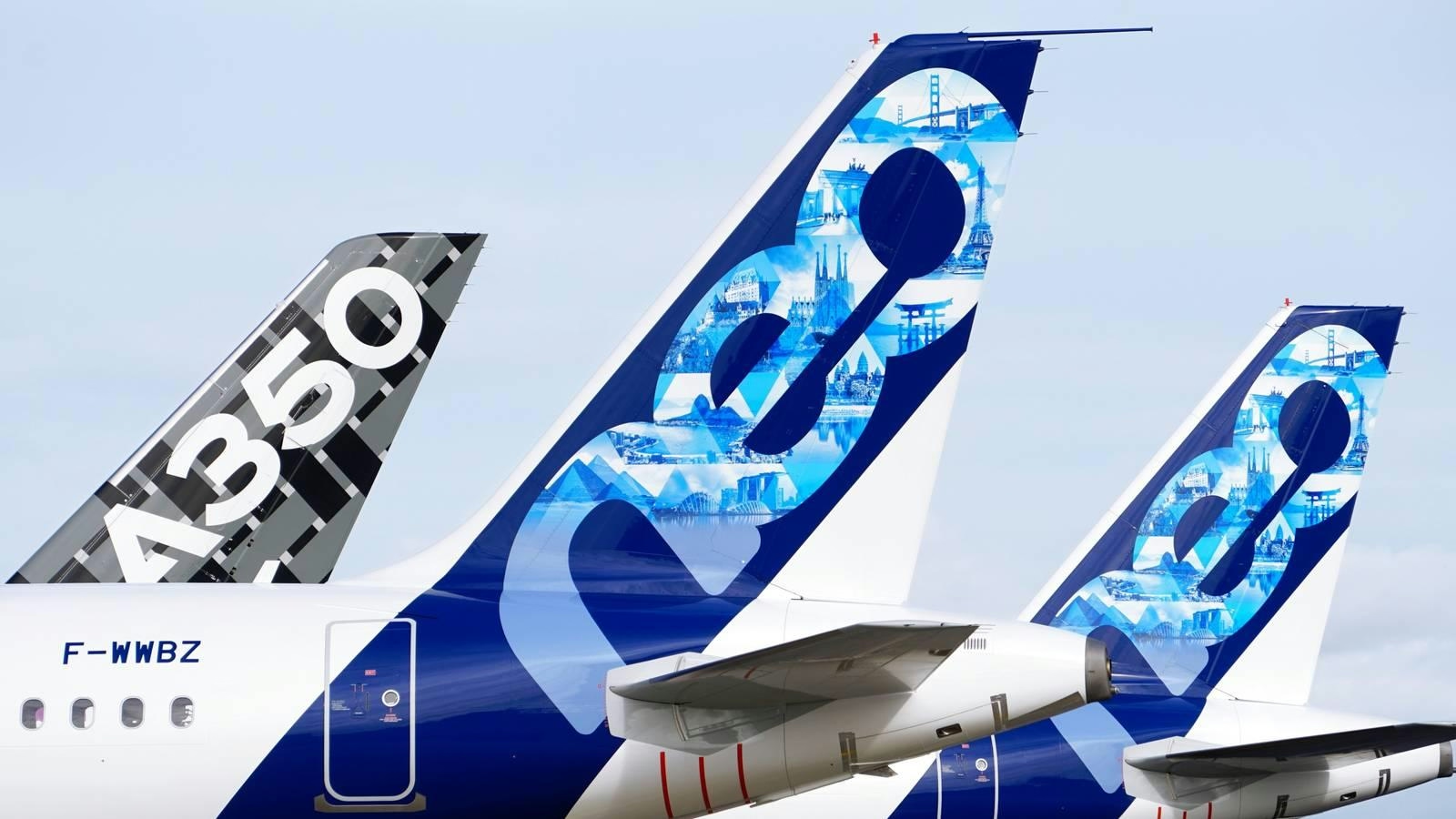
Airbus Lowers Annual Delivery Forecast
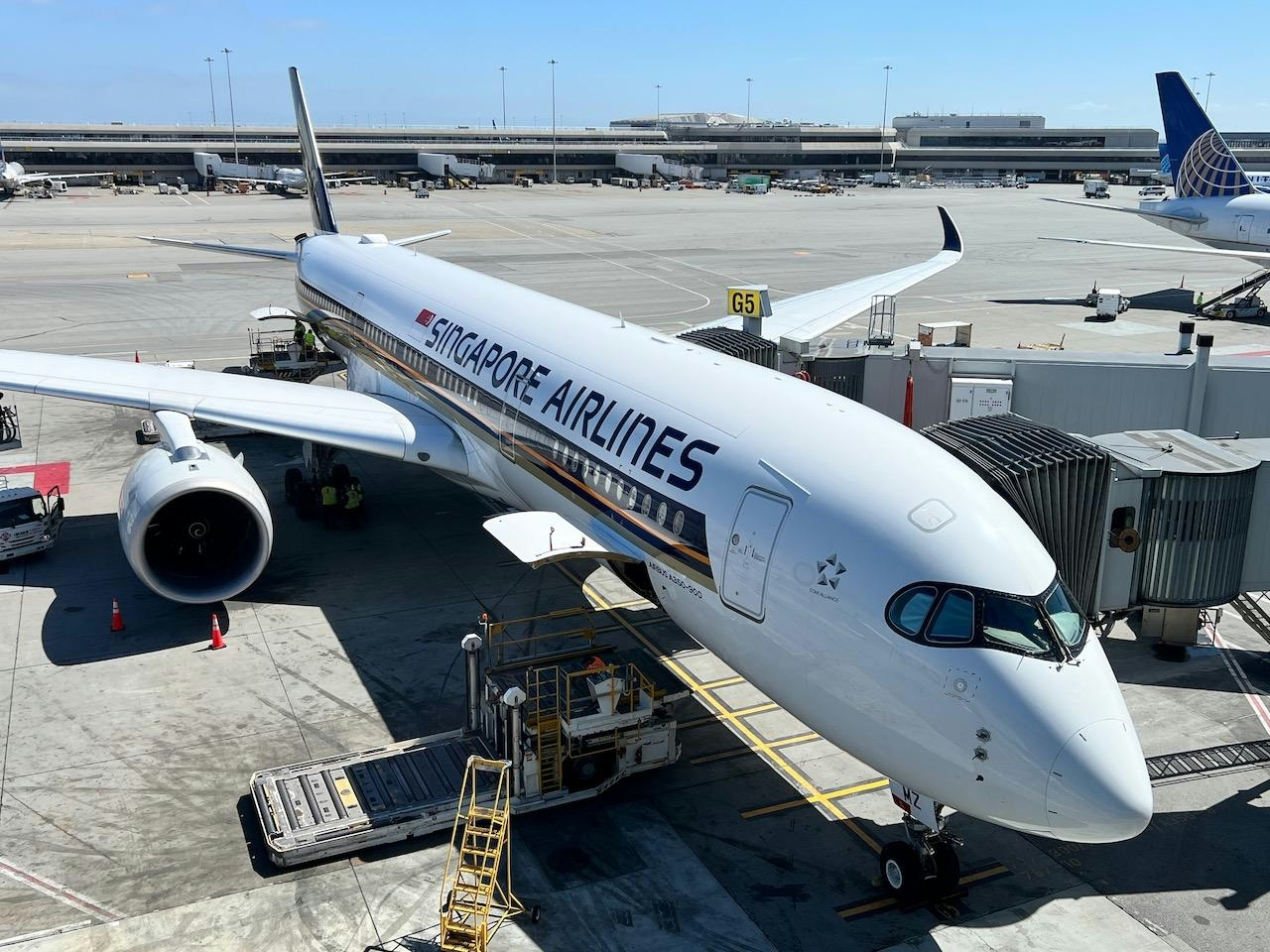
Base Maintenance Malaysia Conducts First Heavy Check on Singapore Airlines Airbus A350
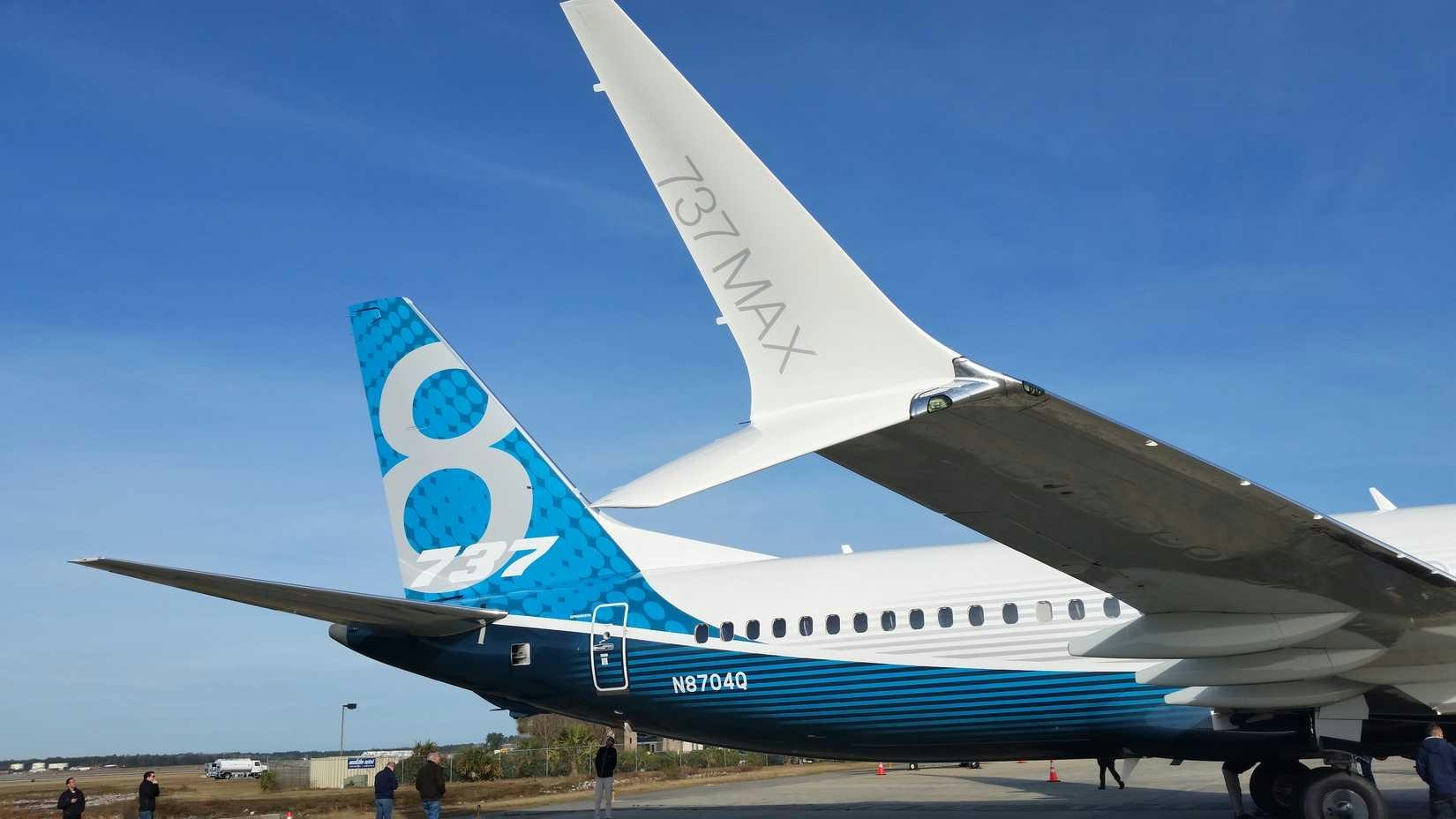
DAE to Lease Ten Boeing 737 MAX 8 Aircraft to AJet Through Turkish Airlines

BOC Aviation to Lease Two Airbus A350-1000 Aircraft to Philippine Airlines
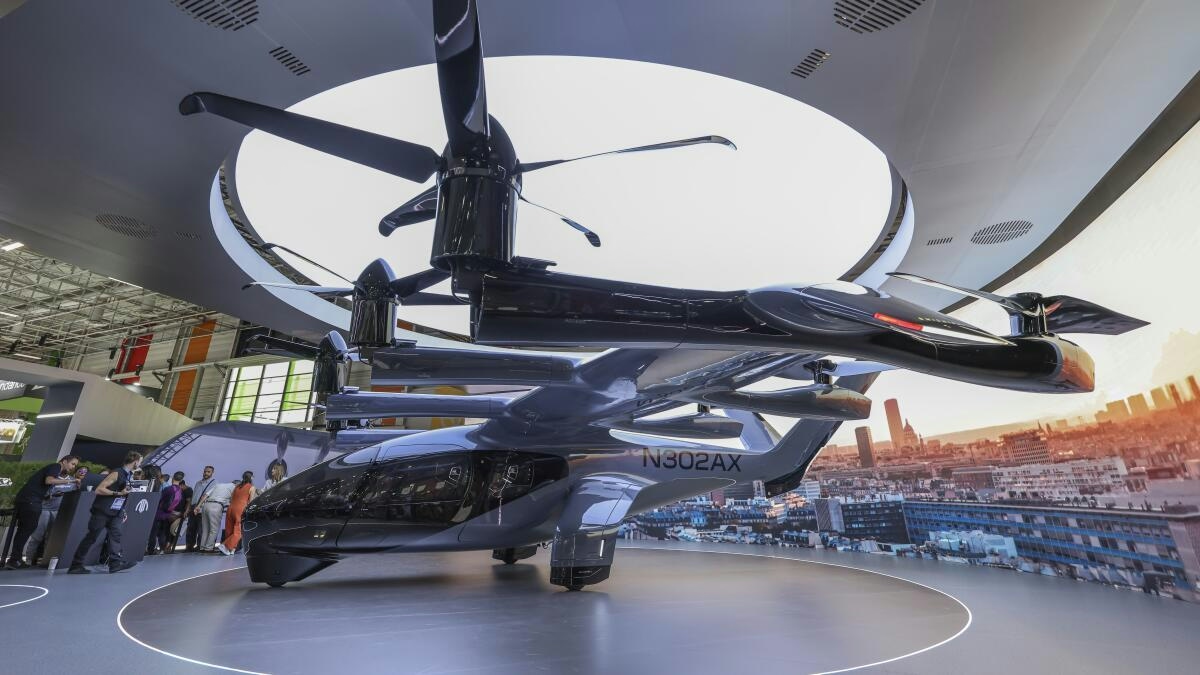
What to know about Midnight, an all-electric air taxi that could change the way we move across South Florida
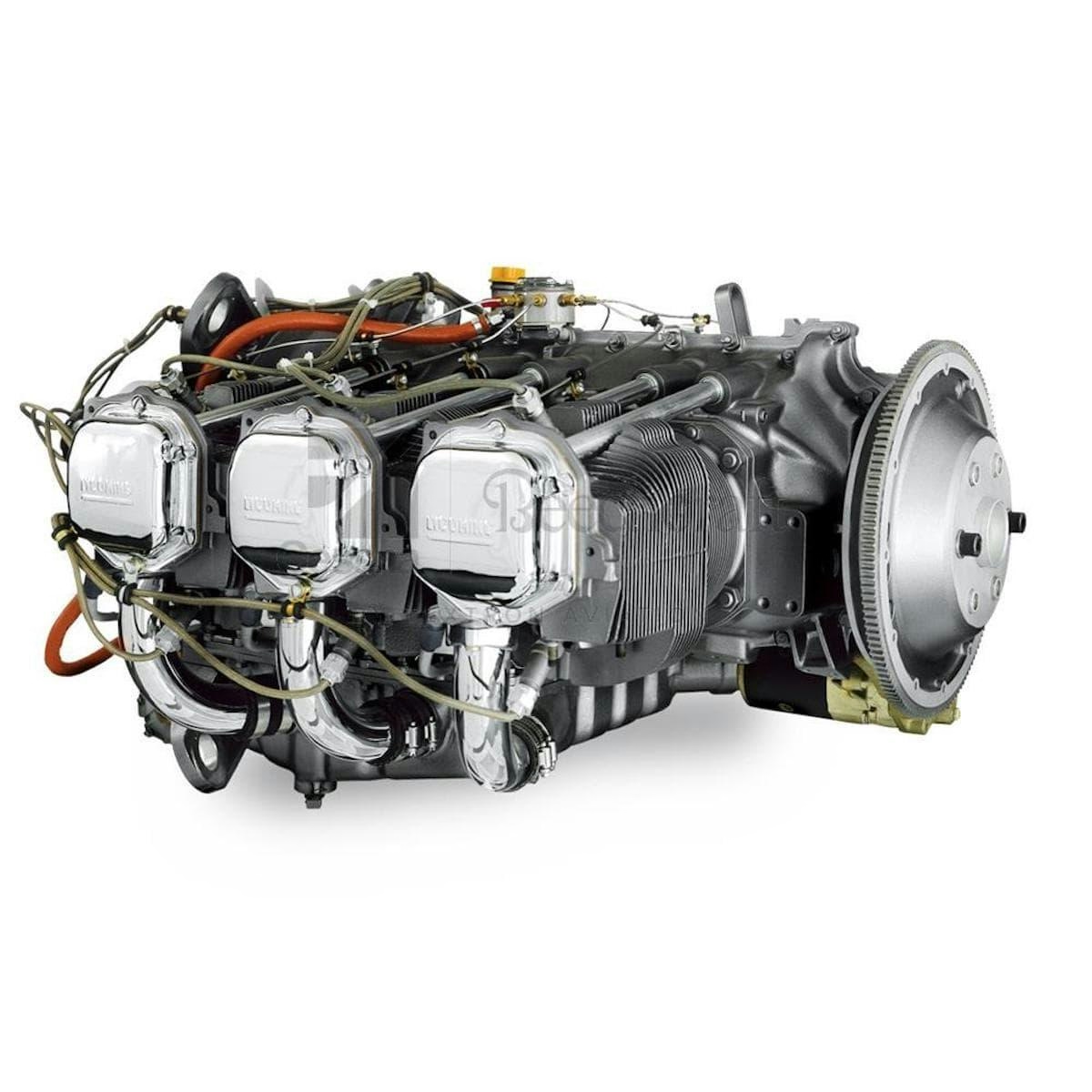
Ask Paul: Consequences of Skipping Due Diligence
